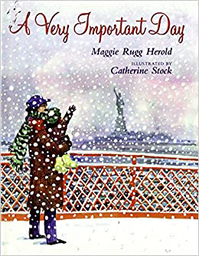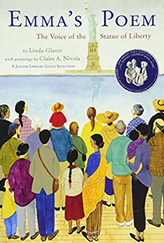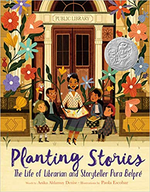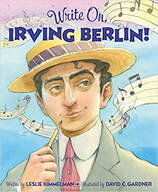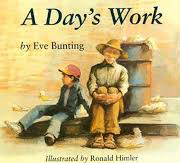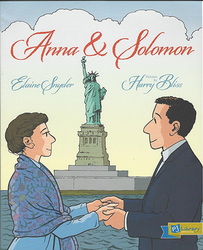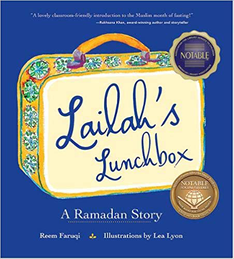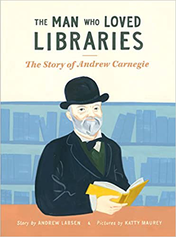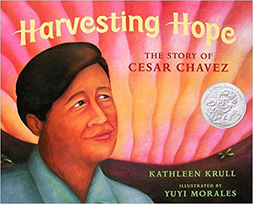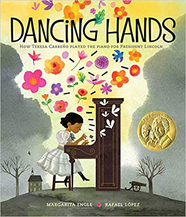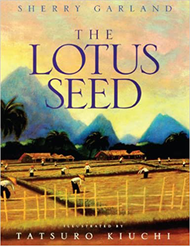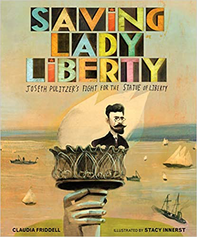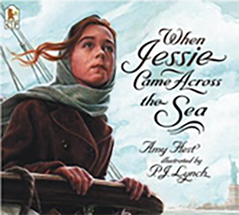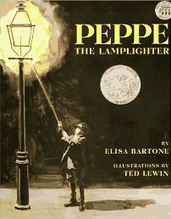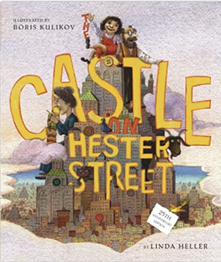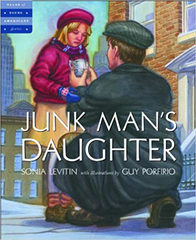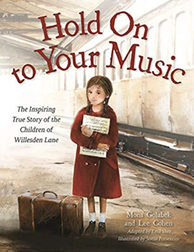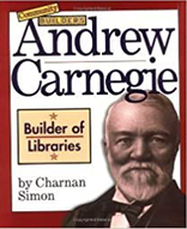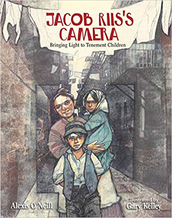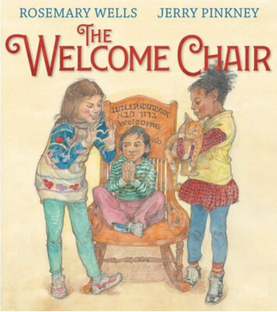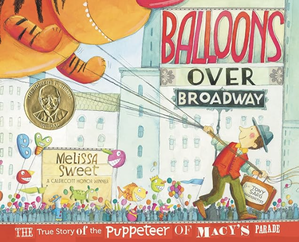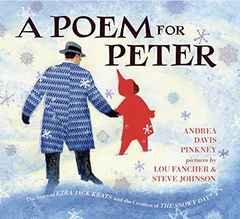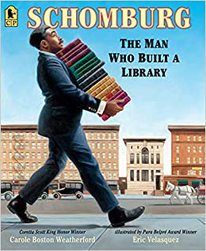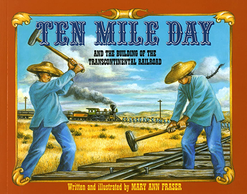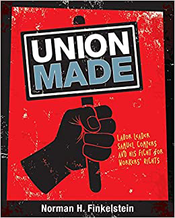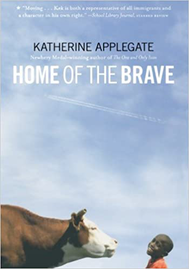|
Immigrant Heritage Month June |
|
Immigrant Heritage Month June |
|
Watch Me: A Story of Immigration and Inspiration. Doyin Richards. Illustrated by Joe Cepeda. Feiwel & Friends, 2021. Perseverance, Hope, Lives to Learn From (K-3)
Based on the true story of Dr. Joe Richards, an immigrant from Sierra Leone, who as a child left behind refugee camps in his war-torn land to come to a country where he was not always welcomed with open arms. His skin was dark and at times he confronted racism, intolerance, and bullying. But that wasn't the whole story, and he didn't let it define him. Joe wanted to be a doctor and made "Watch me; I will succeed, I will do great things," his creed. He realized his dreams, and his son says that his life was one of "choosing hope over fear, confidence over self-doubt and kindness over indifference." Dr. Joe's empathy and hope will inspire little children (and their teachers/parents). |
